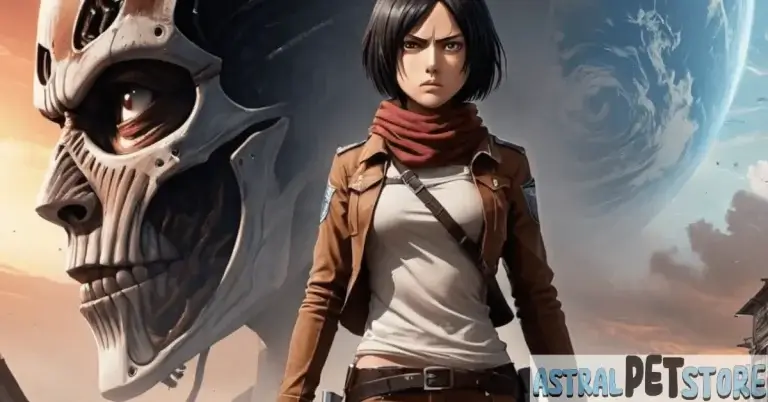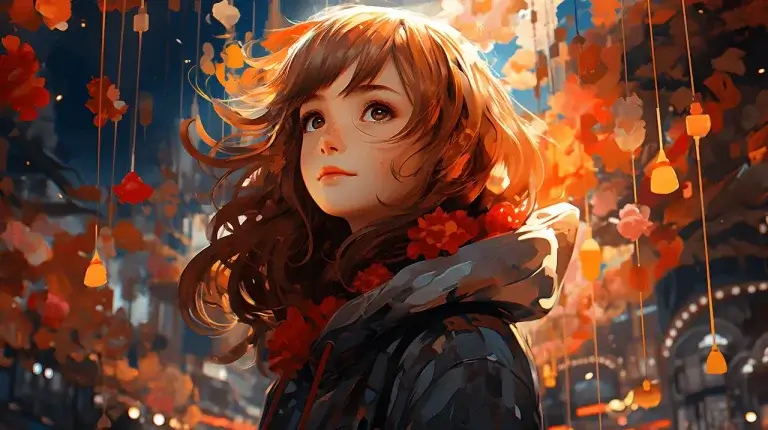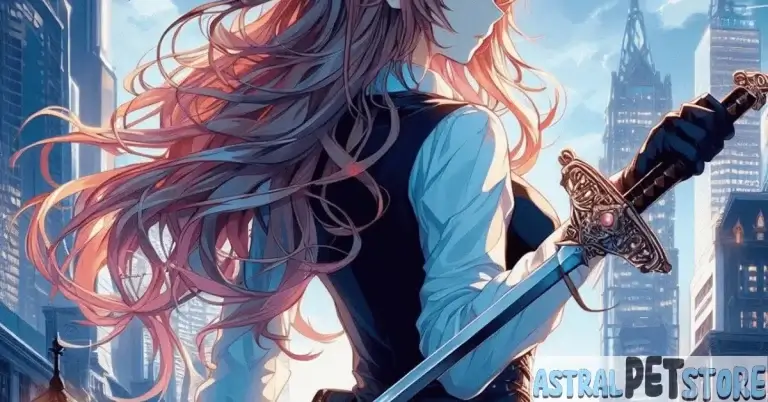What Are Manga Genres? A Quick Look at Popular Types

Genres and Themes in Manga
Manga are Japanese comics with many genres and themes. They can be about action, romance, or horror and are made for different ages and interests. Popular types include shonen for boys and shojo for girls, each with its style and story. Manga explores friendship, bravery, and personal growth, making it enjoyable for many readers.
Overview of Manga Genres
Shonen: Target Audience, Themes, Popular Examples
Shonen manga primarily targets young boys, usually between 12 and 18. These stories often revolve around action, adventure, and the journey of a young male protagonist as he grows stronger and overcomes challenges.
Common themes include friendship, rivalry, and the pursuit of dreams. Famous examples of shonen Manga include Naruto, where a young ninja strives to become the most decisive leader; Dragon Ball Z, known for its epic battles and powerful heroes; and One Piece, which follows a group of pirates searching for a legendary treasure.
Shojo: Target Audience, Themes, Popular Examples
Shojo manga is geared towards young girls, typically aged 10 to 18. These stories often focus on romance, personal growth, and relationships.
The themes range from first love and friendships to more complex emotions like heartbreak and self-discovery. Shojo manga often features beautiful artwork and emotionally driven narratives.
Famous examples include Sailor Moon, a magical girl series about love and justice; Fruits Basket, which explores themes of acceptance and family; and Ouran High School Host Club, a comedic take on romance and high school life.
Seinen: Characteristics, Audience, Notable Works
Seinen manga targets adult men, often aged 18 and above. These stories have more mature themes, including complex psychological elements, violence, and intricate plots.
Seinen manga often explores darker or more realistic aspects of life. The characters and settings are usually more detailed, reflecting the more serious tone of the stories.
Notable works in this genre include Berserk, a dark fantasy series filled with intense battles and deep themes; Ghost in the Shell, which delves into cyberpunk and philosophical questions about identity; and Vagabond, a historical manga that tells the story of the legendary swordsman Miyamoto Musashi.
Josei: Themes, Target Demographic, Examples
Josei manga targets adult women, typically in their late teens to adulthood. These stories often focus on realistic portrayals of romance, relationships, and everyday life.
Unlike shojo, josei manga deals with more mature issues, such as work-life balance, marriage, and emotional complexity. The themes often resonate with older readers who seek more depth in romantic and life narratives.
Examples of Josei manga include Nana, which explores the lives of two women with the same name but different life goals; Paradise Kiss, a story about fashion, love, and self-discovery; and Honey and Clover, which deals with the ups and downs of young adulthood.
Kodomomuke: Manga for Children, Themes, Popular Titles
Kodomomuke manga is designed specifically for young children, usually under 10. These stories are simple, with clear morals and lessons that are easy for children to understand.
The themes often include friendship, kindness, and the importance of family. The artwork is bright and colorful, appealing to young readers.
Popular titles in this genre include Doraemon, a story about a robotic cat from the future who helps a young boy with his problems; Anpanman, which features a superhero made of bread who fights against evil; and Pokemon, where children train creatures to battle and form friendships.
Click here to get the Top 10 best Manga of all time.
Common Themes Across Genres
Friendship and Rivalry
Friendship and rivalry are central themes across many manga genres. Characters often form strong bonds that help them overcome challenges, while rivalries push them to grow stronger. This dynamic can be seen in series like Naruto, where the protagonist’s friendships and rivalries drive much of the story’s conflict and resolution.
Coming of Age
The coming-of-age theme is prevalent in Manga, as it often focuses on the growth and development of characters as they transition from childhood to adulthood. Stories like Fruits Basket and My Hero Academia explore the struggles and triumphs of young characters finding their place in the world.
Love and Relationships
Love and relationships are key themes, especially in shojo and josei manga. These stories delve into the complexities of love, from first crushes to mature relationships, as seen in works like Nana and Kimi ni Todoke.
Adventure and Heroism
Adventure and heroism are common themes in Shonen and Seinen’s Manga. Protagonists embark on epic quests, face formidable enemies, and often undergo personal growth.
One Piece and Attack on Titan are prime examples of adventure driving the narrative forward.
Social Commentary
Manga often incorporates social commentary, addressing inequality, war, and the human condition. Seinen and Josei genres frequently tackle these topics, with works like Akira and Monster offering deep reflections on society and morality.
Unique Elements in Manga
Use of Visual Symbolism
Manga artists often use visual symbolism to convey deeper meanings and emotions. This can include using specific colors, recurring motifs, or even how characters are drawn. For example, flowers might symbolize purity or love, while shadows could represent inner turmoil.
Narrative Techniques
Manga employs various narrative techniques, such as flashbacks, inner monologues, and non-linear storytelling, to create rich, engaging stories.
These techniques allow for more profound character development and intricate plots, as seen in works like Death Note.
Cultural References
Manga is rich with cultural references, often drawing on Japanese history, mythology, and traditions. These references can add meaning to the story and provide insight into Japanese culture. For example, Naruto incorporates elements of Japanese folklore and ninjutsu.
Crossover Genres
Fantasy and Science Fiction
Fantasy and science fiction are popular crossover genres in Manga, blending imaginative worlds with advanced technology or magical elements. Series like Fullmetal Alchemist and Sword Art Online combine these genres to create unique and captivating stories.
Horror and Psychological
Horror and psychological genres often intersect in Manga, creating eerie and thought-provoking narratives. Works like Tokyo Ghoul and Paranoia Agent explore the darker sides of human nature, usually leaving readers with unsettling but impactful experiences.
Slice of Life
Slice of Life manga focuses on characters’ everyday experiences, often highlighting the beauty in mundane moments. These stories can overlap with other genres, adding a sense of realism and relatability, as seen in Clannad and March Comes in Like a Lion.
Conclusion
Manga’s diversity of genres and themes is vast, offering something for every reader. Manga uniquely resonates with a broad audience, whether it’s the high-stakes shonen battles, the tender romances of shojo, or the profound reflections of seinen and josei. Rich storytelling, combined with visually stunning artwork, makes Manga a powerful medium that continues to grow in popularity worldwide.





